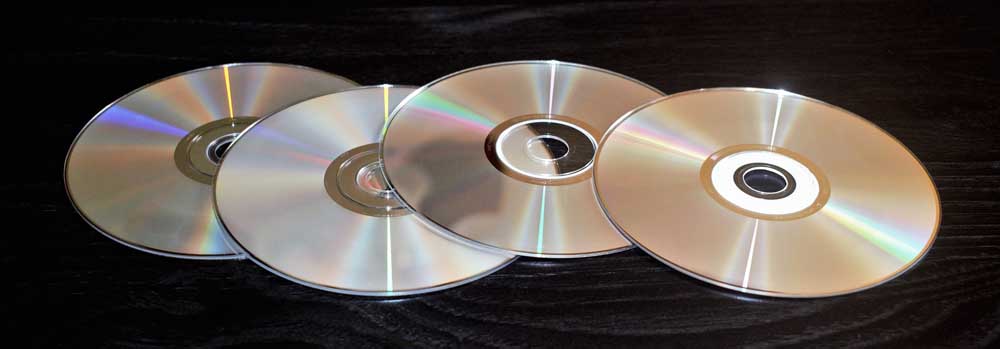Full form of CD

Full form of CD is Compact Disc.
CD is a flat, small rounded recordable device which mainly used for data storage purpose. And can store up to 700MB data with the diameter of 4.75 inches. It is portable and can be moveable from anywhere.
Its quality doesn’t degrade with long time duration. CDs can store these type of data like, videos, text, images, audio, files etc. in digital format. And the data can be stored on disc as small notches and when the disc is played, the data is read by laser from optical device. So it is an extension of laser disc.
History
The credit of invention of CD is not of single person, because every single part of CD is developed by different individuals. The most accredited inventor of CD is James Russell. In 1965, he discovered CD and then the patent was sold to two companies and which are – Phillips and Sony.
Then it made publicly by both of them on 17 May, 1978 in Japan. And further it went on Europe and US.
The first CD was developed on August 17, 1982 in Germany at the factory of Philips.
CD then is known as CD-ROM (Compact Disk-Read Only Memory). It is used for data read only but not for write operation.
Types of CD
1. CD-R. Recordable Compact Disc. It is used for writing operation. The life of CD-R is 20-100 Years.
2. CD-ROM. Compact Disc – Read Only Memory. It is used only for reading data from computers.
3. RW-CD. Re-Writable Compact Disc. In this type of disc, data can be erased and also rewritten again and again.
4. VCD. Video Compact Disc. It is used to see moving pictures clearly on the screen.
Features
The weight of CD can be up to 15 to 20 grams only.
It has shiny metallic surface and is made up of plastic.
The standard CD is available in width of 1.2 millimeters and in diameter of 120 millimeters.
The storage capacity is up to 700 MB and it can run up to 80 minutes.
Advantages
Used for accessing the data faster.
Chap to produce.
Portable
Small in size.
Disadvantages
Storage capacity is smaller.
Scratches can be done, when it used more.
